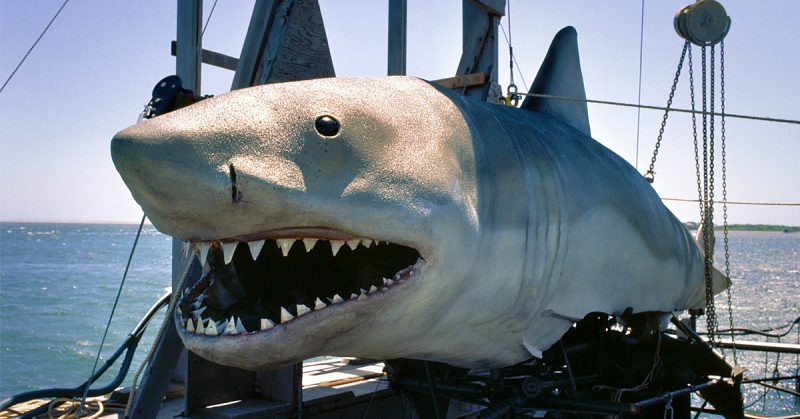Jaws wasn’t just a monster in the ocean. It took chunks out of the box office too and is widely credited as a template for today’s Hollywood blockbusters.
Studio Universal naturally wanted a follow-up, so producers set to work crafting another tale of teeth and terror.
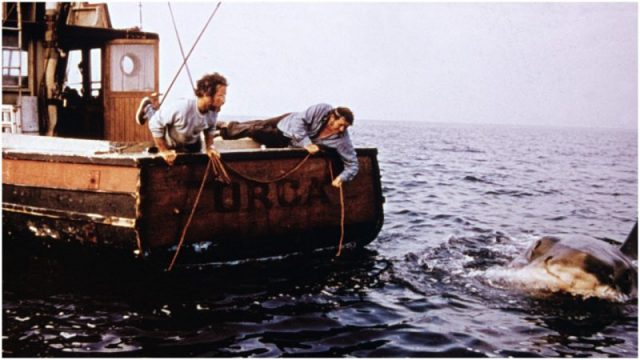
The original had a troubled shoot, plagued by human tensions plus a famously uncooperative mechanical shark. It maybe wasn’t a surprise when production on the sequel got off to a false start.
Director John D. Hancock favored a more complex approach to the material, that would have seen Amity Island in debt to the underworld after the chaos of the first movie led to an economic collapse.
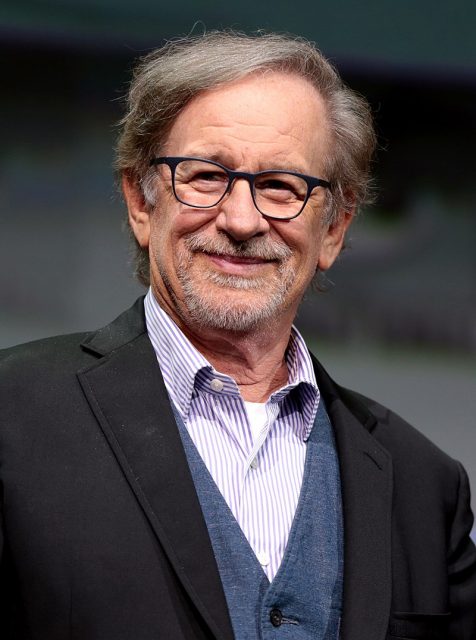
Peter Benchley’s Jaws novel had a mafia subplot but overall Hancock’s vision was rejected by the higher-ups, and he was dismissed.
It was then that producers David Brown and Richard D. Zanuck received a call from possibly the last person they were expecting to hear from: Steven Spielberg. Having frayed his nerves working on the original, the young director had ruled out helming Part 2.
However, according to a 2016 Mental Floss article, he “had heard of the problems they were having and apparently felt some responsibility to both the franchise and the studio. Zanuck and Brown started to negotiate a deal for him to return to the series, and Spielberg spent the weekend of July 4, 1977 coming up with an idea.”
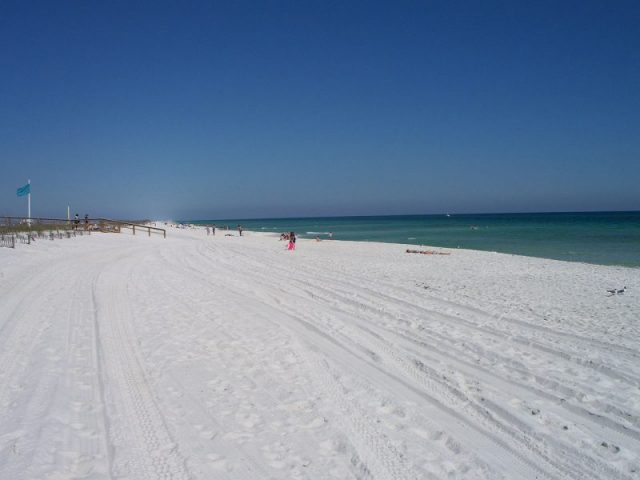
The idea avoided rehashing former glories and zeroed in on a memorable element of film number one.
During the course of the action, Robert Shaw’s deranged fisherman character Quint relayed a haunting monologue aboard the Orca. He wanted to talk about his wartime experiences on another vessel — the USS Indianapolis.
As described on the National Geographic website, “On July 30, 1945, the USS Indianapolis sunk, just 12 minutes after being hit with torpedoes fired by a Japanese submarine… the ordeal endured by the ship’s survivors is one of the worst naval disasters in American history.”
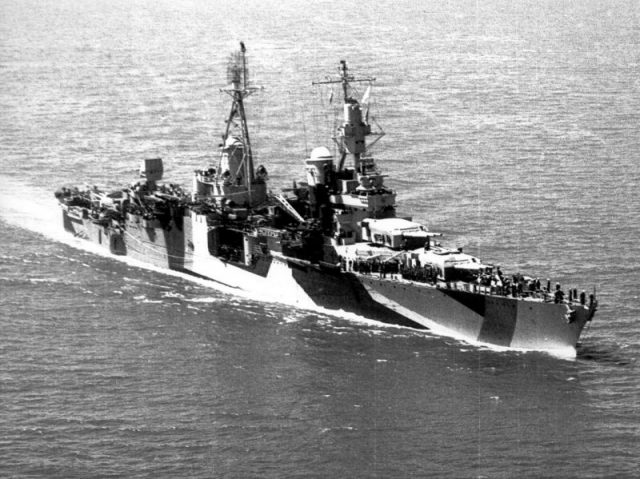
It was this that Spielberg wanted to explore for a prequel to Jaws, rather than a sequel.
The Indianapolis was charged with delivering uranium to Guam, an island territory in the Western Pacific. This would be used for the infamous atomic bomb that went on to decimate Hiroshima. While they completed their task, the enemy’s swift attack left the majority of its crew in the water. They found themselves at the mercy of tiger sharks and Oceanic whitetips.
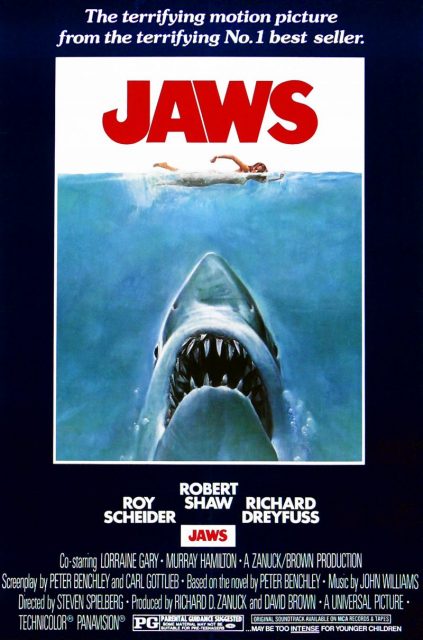
Quint himself talked about the situation with an air of grim poetry. “Sometimes that shark looks right at ya,” he told Chief Brody (Roy Scheider) and Matt Hooper (Rochard Dreyfuss). “Right into your eyes. And the thing about a shark is he’s got lifeless eyes. Black eyes. Like a doll’s eyes.”
“You know by the end of that first dawn, lost a hundred men. I don’t know how many sharks there were, maybe a thousand. I do know how many men, they averaged six an hour… I’ll never put on a lifejacket again.” Three-quarters of the 1,200-strong crew lost their lives. Around 300 perished when the Indianapolis went down alone.
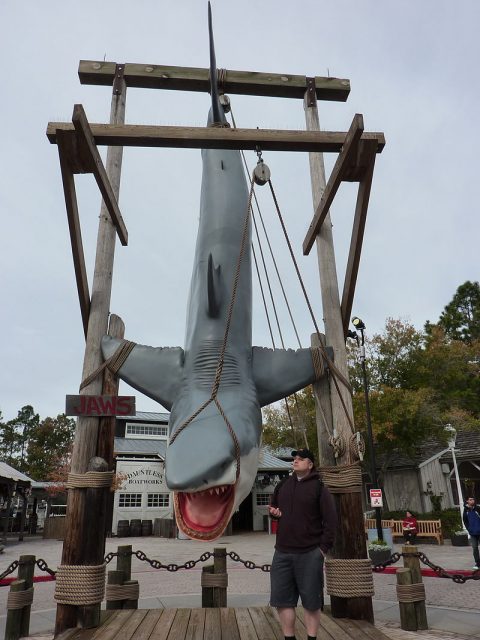
The unsettling speech, which came after a scene of drunken merriment, was the product of 3 writers: Howard Sackler, Spielberg’s pal John Milius and actor Shaw, who also had a way with words.
Ultimately, Spielberg’s involvement lasted a matter of days. He was tied into the production of Close Encounters of the Third Kind and didn’t feel that enthused about the prospect of getting his feet wet again.
Jaws 2 went back to its previous setting of Amity Island 1978. With the script getting an overhaul and some roles recast, the shoot resumed under the direction of Jeannot Szwarc. There was still tension — Szwarc and Roy Scheider fell out and at one point reportedly came to blows — but the movie went on to become a worldwide success.
As for the USS Indianapolis, it received a critically-derided big screen treatment in 2016’s Men Of Courage starring Nicolas Cage. Maybe one day Steven Spielberg will revisit the Jaws monologue and a fitting tribute could be created.
